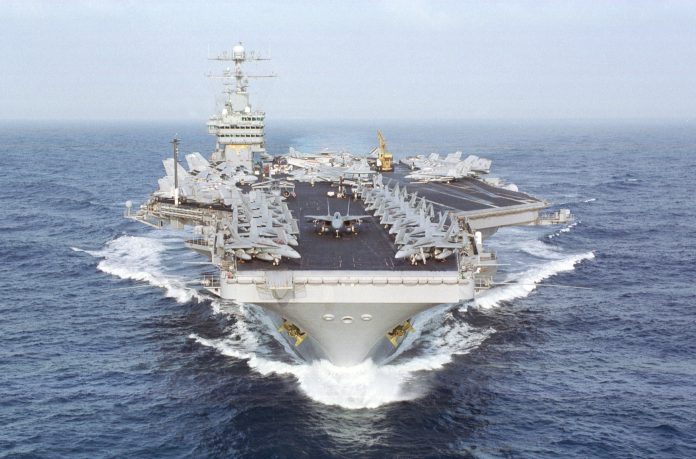
As the Mediterranean Sea glimmers under the spring sun, its waters are silently patrolled by formidable vessels of the NATO navies, ensuring peace in a region where tranquility is underpinned by strength.
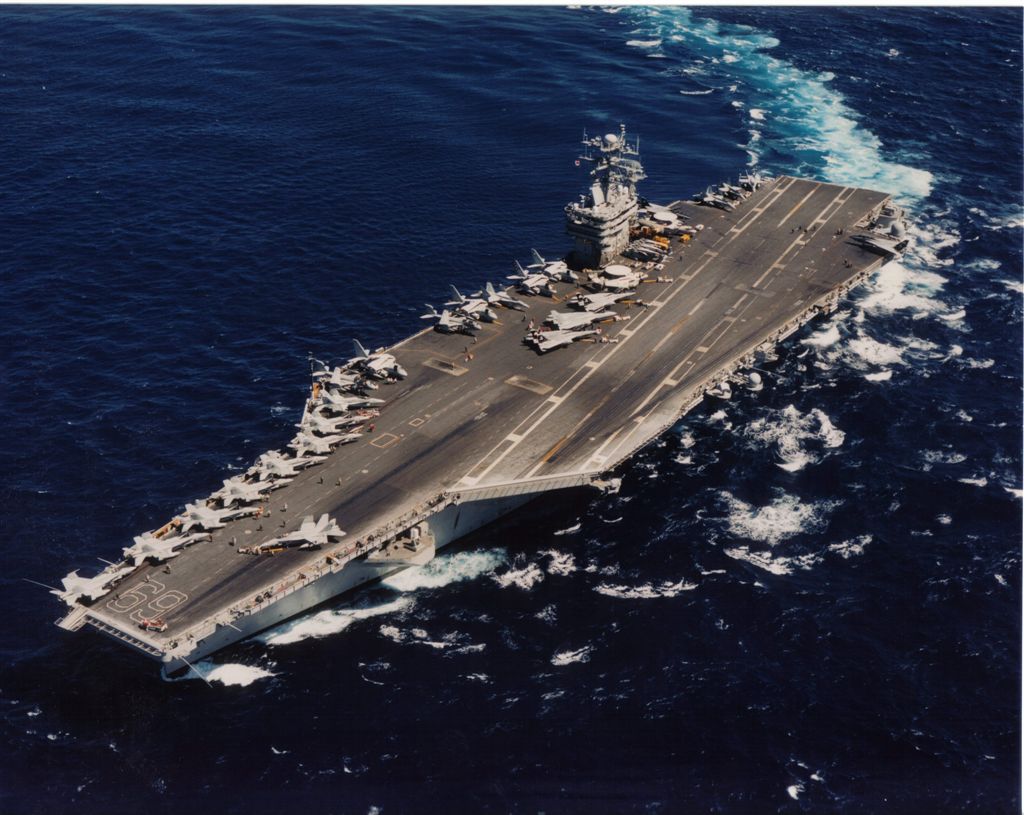
The idyllic scenes from the decks of cruise ships belie the strategic significance of these waters—a significance reasserted by the recent peacetime vigilance activities of NATO forces, led by U.S. Navy Vice-Admiral Tom Ishee.

Springtime in the Mediterranean has taken on a new dimension, with NATO’s maritime forces engaged in an exercise demonstrating unwavering deterrence.
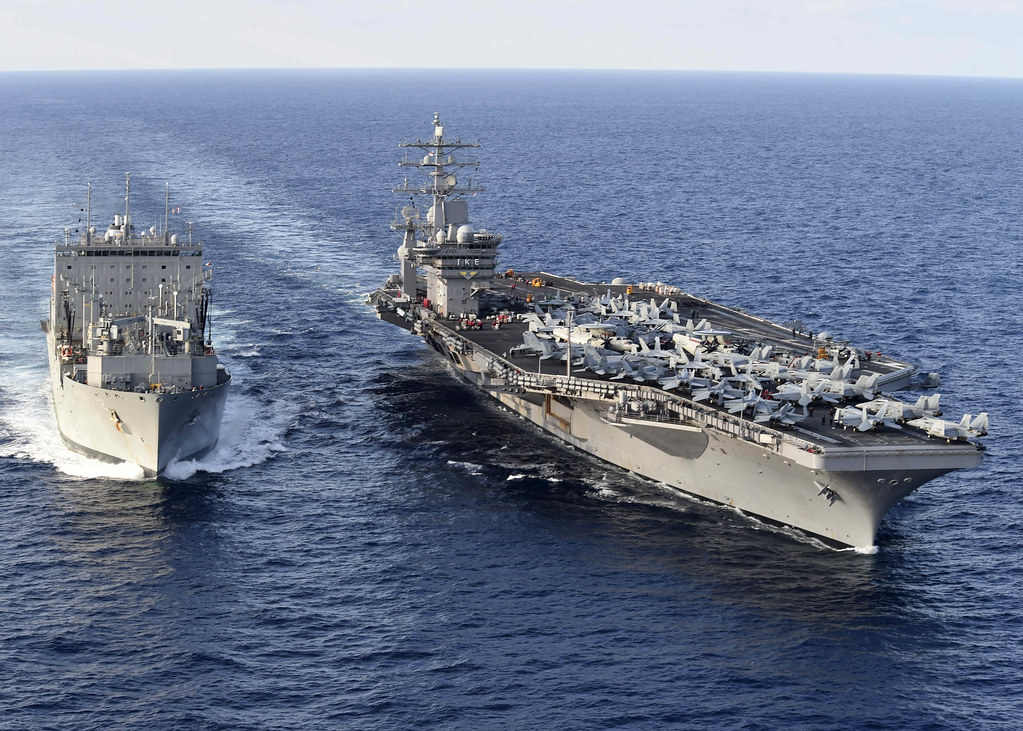
This annual endeavor, now in its seventh year, has grown to involve an unprecedented number of ships and NATO members.
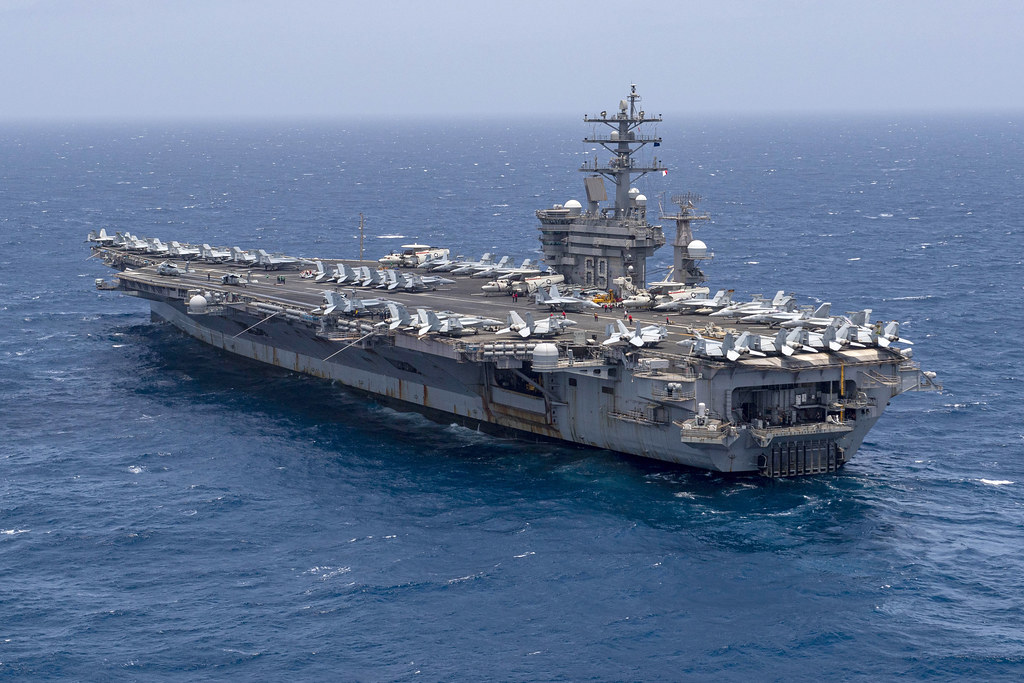
It is a direct response to the destabilizing actions of the Islamic Republic of Iran, which through proxies such as the Houthis, Hezbollah, and Hamas, has long threatened the region’s stability.
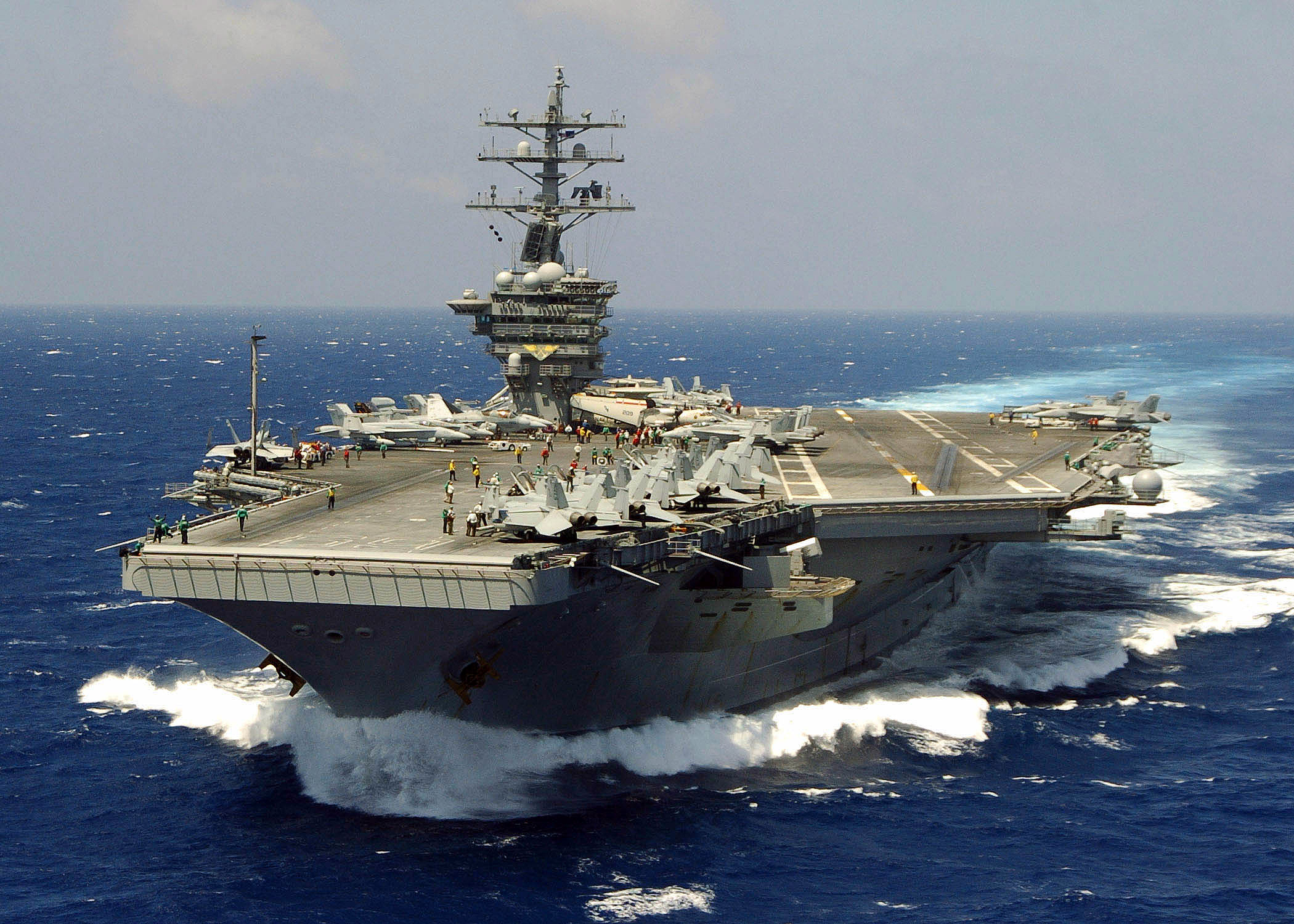
When violence erupted, with Hamas’ incursion into Israel on October 7, NATO’s presence swiftly intensified. The deployment of two U.S. aircraft carrier strike groups, the USS Gerald R. Ford and USS Dwight D. Eisenhower, signaled a powerful commitment to peace through preparedness.

The presence of these groups likely deterred further aggression by Hezbollah and others, a point driven home on April 13 when a barrage of Iranian weapons targeted Israel, only to be met with an ironclad defense that obliterated 99% of the incoming threat.
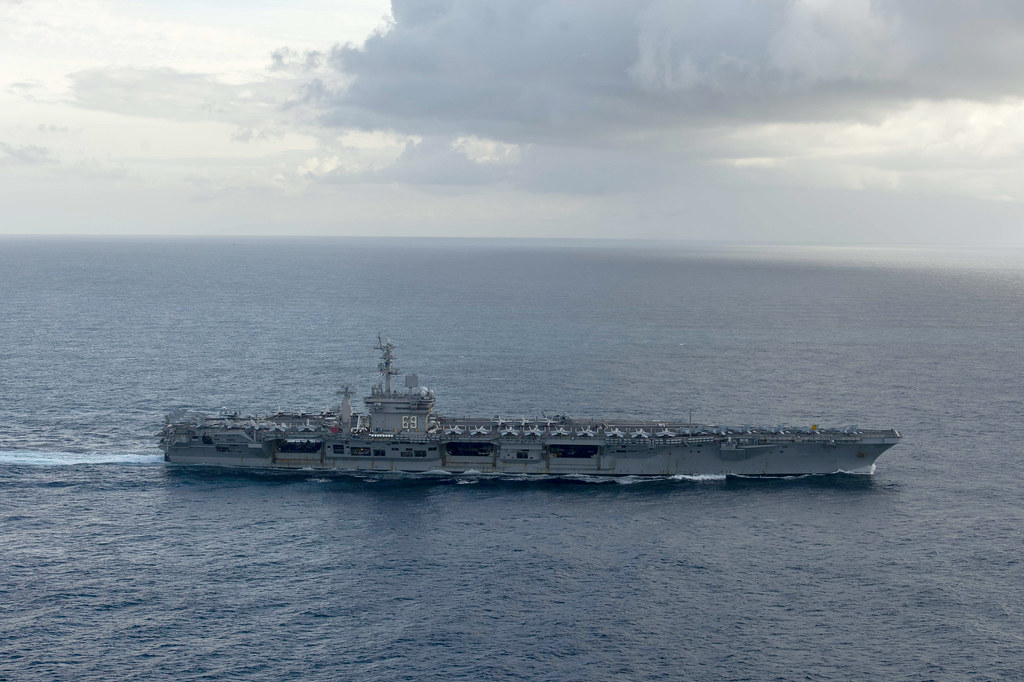
As the USS Eisenhower returns to the U.S., questions arise about the continued safety of Mediterranean waters and the broader Middle East.
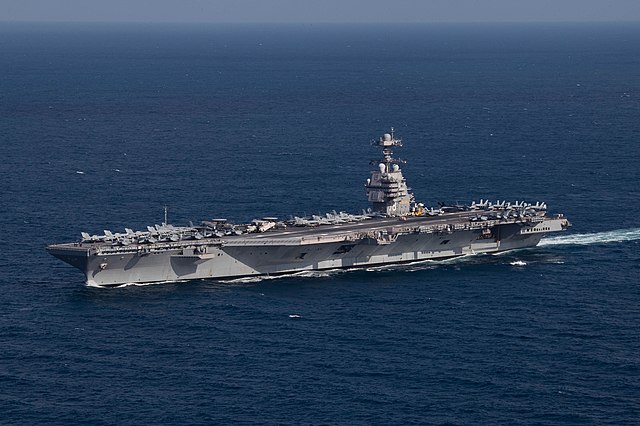
Yet, NATO’s resolve remains as steadfast as ever, with a recent maritime exercise showcasing the combined might of Italy, Spain, France, Türkiye, and for the first time as a full member, Sweden. This exercise marks several firsts: France operating under NATO command, Türkiye demonstrating new naval capabilities, and Sweden actively contributing to regional security.

NATO’s reach has expanded from 12 founding nations to 32, encompassing a billion citizens under its protective wing.

The recent Mediterranean show of strength was more than a mere flexing of naval muscle; it was an affirmation of a 75-year commitment to collective defense and deterrence, one that promises to maintain open sea lines of communication for the free passage of goods and humanitarian aid.

In a broader context, this strategic demonstration is not merely about regional stability but is intricately connected to global politics.
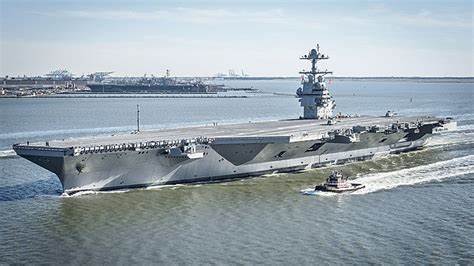
U.S. involvement, seen through the deployment of carrier strike groups and additional military aid to Israel, exemplifies the role of American deterrence in upholding international order.

The Mediterranean is not the only area of concern; Russia’s revised maritime doctrine, emphasizing its influence in the region, poses further challenges for Israel and its allies.

The doctrine reveals an intention to expand Moscow’s military footprint in the Mediterranean and Red Sea, complicating Israel’s maritime activities now closely coordinated with the U.S. Meanwhile, Russia’s increased engagement with Iran suggests a complex puzzle where geopolitical interests must be carefully balanced.
Relevant articles:
– Assuring deterrence in the Mediterranean, JNS.org
– An Israeli perspective on the Gaza war, JNS.org
– The implications of Russia’s new maritime doctrine for Israel, JNS.org
– Israel’s control of Judea and Samaria has enhanced US interests, JNS.org
